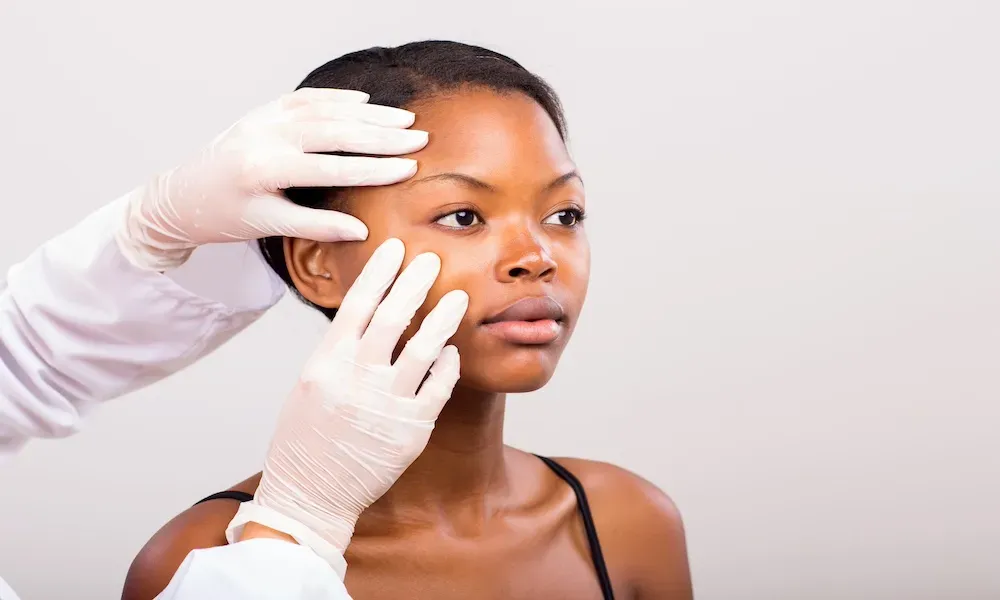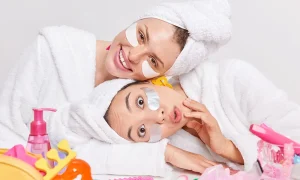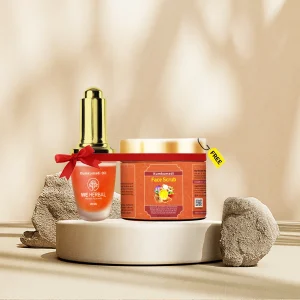What Are the Most Common Dermatologist Treatments and How Do They Work?

Dermatology plays a crucial role in not only maintaining healthy skin but also in addressing a wide range of conditions that affect confidence, comfort, and overall well-being. From acne and pigmentation issues to signs of ageing and unwanted hair, modern dermatological treatments are more advanced and accessible than ever before. In the UK, demand for aesthetic and medical skin procedures continues to grow, with both men and women seeking professional support for everything from persistent skin concerns to cosmetic improvements. This article explores the most common dermatologist treatments, explaining how each works and what results patients can typically expect.
Skin Consultations: The Starting Point
Before any dermatologist treatment begins, patients usually undergo a detailed skin consultation. This is a vital step that allows professionals to assess the skin’s current condition, diagnose any concerns, and develop a personalised treatment plan. During a consultation, dermatologists or trained aesthetic practitioners evaluate several factors, including skin type, medical history, lifestyle habits, and goals. From here, the practitioner can recommend a combination of treatments to achieve optimal results, whether that involves addressing active acne, reversing sun damage, or rejuvenating the skin.
Chemical Peels: Rejuvenating the Surface
Chemical peels are one of the most popular treatments offered in dermatology clinics across the UK. They involve the application of a chemical solution to exfoliate the top layers of the skin, encouraging the growth of new, smoother skin beneath. Depending on the depth and strength of the peel, results can range from a refreshed glow to significant improvement in pigmentation and texture.
Benefits of chemical peels include:
- Reduction in fine lines and wrinkles
- Smoother, more even skin tone
- Diminished appearance of sunspots and acne scars
- Unclogged pores and reduce oiliness
Light peels may only affect the outermost layer of skin and require minimal downtime, whereas medium or deep peels can involve a few days of redness and peeling but offer more dramatic results.
Anti-Wrinkle Injections: Smoothing Expression Lines
One of the most widely requested aesthetic procedures in the UK is anti-wrinkle skin treatment. These non-surgical treatments use purified proteins, such as botulinum toxin, to temporarily relax targeted facial muscles. By limiting muscle movement, the treatment smooths out dynamic wrinkles – those caused by repeated expressions like frowning, squinting, or smiling. Common areas treated with anti-wrinkle injections include:
- Forehead lines
- Crow’s feet (around the eyes)
- Frown lines between the brows
- Bunny lines on the nose
- Chin dimpling or puckering
Results typically last between three to six months and gradually fade, allowing patients to maintain a natural look while softening the signs of ageing.
Laser Hair Removal: A Long-Term Solution
Shaving, waxing, and plucking are time-consuming and often irritating methods of hair removal. That’s why many individuals in the UK now opt for full-body laser hair removal as a more permanent alternative. This advanced treatment uses laser energy to target and destroy the hair follicles at the root, preventing future growth. Laser hair removal can be performed on almost any area of the body, including:
- Legs
- Arms
- Underarms
- Back and chest
- Bikini area
- Face (e.g. upper lip, chin, jawline)
Because hair grows in cycles, multiple sessions are required to treat all follicles during their active growth phase. Patients generally experience a significant reduction in hair growth after a course of 6–8 sessions.
Key advantages of laser hair removal:
- Long-lasting hair reduction
- Smoother skin with fewer ingrown hairs
- Reduced irritation compared to shaving or waxing
- Safe and precise for both large and small areas
Microneedling: Stimulating Natural Healing
Microneedling, sometimes referred to as collagen induction therapy, involves creating controlled micro-injuries to the skin using tiny needles. These microchannels trigger the skin’s natural healing response, stimulating the production of collagen and elastin. This treatment is suitable for improving the appearance of:
- Fine lines and wrinkles
- Enlarged pores
- Acne scars and surgical scars
- Stretch marks
- Uneven skin tone and texture
Microneedling can be enhanced with topical serums such as hyaluronic acid or vitamins that penetrate deeper into the skin during the procedure. Results appear gradually over time as the skin heals and regenerates.
HydraFacial: Deep Cleansing and Hydration
HydraFacial has become a favourite among those seeking a high-performance, low-downtime skin treatment. It combines several steps into one relaxing procedure – cleansing, exfoliation, extraction, hydration, and antioxidant protection. The treatment uses a patented vortex-fusion device to remove impurities and deliver potent serums tailored to the patient’s specific needs. It’s suitable for all skin types and can address a range of concerns, including:
- Dullness
- Congestion and blackheads
- Dehydration
- Fine lines
- Sun damage
HydraFacial results are visible immediately, making it ideal before a big event or as a monthly skin maintenance treatment.
LED Light Therapy: Harnessing the Power of Light
LED (light-emitting diode) therapy uses different wavelengths of light to penetrate the skin and address various issues. It is a non-invasive and completely painless treatment that is often used alongside other skin procedures to accelerate healing and maximise results.
Common LED light types include:
- Blue light: Targets acne-causing bacteria, ideal for oily and blemish-prone skin
- Red light: Stimulates collagen production, helping to reduce wrinkles and inflammation
- Near-infrared light: Promotes skin repair and reduces redness
LED therapy is suitable for all skin tones and can be performed regularly as part of a skincare regimen.
Skin Boosters and Dermal Fillers
Skin boosters are injectable treatments designed to hydrate and improve the quality of the skin from within. Unlike dermal fillers, which add volume, skin boosters focus on skin texture, elasticity, and luminosity. They typically contain hyaluronic acid, a naturally occurring molecule in the skin that retains moisture. Treatments are usually carried out throughout sessions and are popular for areas like:
- Face
- Neck
- Décolletage
- Hands
Dermal fillers, on the other hand, are used to restore volume to areas that have lost fullness due to ageing. They are often used to enhance the lips, cheeks, jawline, and under-eye area.
Acne and Rosacea Management
Acne and rosacea are two of the most common dermatological conditions in the UK, affecting people of all ages. While over-the-counter treatments can be helpful for mild cases, persistent or severe symptoms usually require professional intervention.
Dermatologists treat acne and rosacea with:
- Prescription topical treatments (retinoids, antibiotics, azelaic acid)
- Oral medications (antibiotics, hormonal therapy, isotretinoin)
- In-clinic treatments (chemical peels, laser therapy, microneedling)
Early intervention is important to prevent long-term damage and scarring. Professional treatment plans are usually tailored to the individual’s skin type, severity, and triggers.
Pigmentation Treatments: Even out the Skin Tone
Uneven skin tone, sunspots, melasma, and post-inflammatory hyperpigmentation are all forms of pigmentation that can make skin appear dull and aged. Dermatologists offer a variety of treatments to help lighten and even out skin tone.
Options include:
- Chemical peels with ingredients like glycolic or salicylic acid
- Laser treatments that break down pigment beneath the skin
- Topical treatments with ingredients such as hydroquinone, kojic acid, and vitamin C
- Microneedling or skin resurfacing
The key to effective pigmentation treatment is identifying the cause and ensuring ongoing sun protection to prevent recurrence.
Mole and Skin Tag Removal
Many people in the UK seek professional help to remove benign skin lesions like moles, skin tags, or warts, often for cosmetic reasons or due to irritation. Dermatologists can assess whether a lesion is harmless and offer removal via various techniques, such as:
- Cryotherapy (freezing)
- Electrocautery (burning)
- Surgical excision
- Laser removal
It’s always essential to have any new or changing moles evaluated by a qualified professional to rule out skin cancer before removal.
Final Thoughts
Dermatology is no longer just about treating skin diseases – it’s also about promoting healthy, confident skin for every stage of life. From anti-wrinkle skin treatment that smooths out signs of ageing, to full body laser hair removal that offers a lasting solution to unwanted hair, modern skin clinics offer an array of options to help patients look and feel their best. Choosing a reputable clinic with experienced professionals is key. Always ensure treatments are tailored to your skin type and needs, and don’t hesitate to ask for a consultation to explore your options. Whether your concern is medical or cosmetic, a visit to the dermatologist can be the first step toward healthier, more radiant skin.






